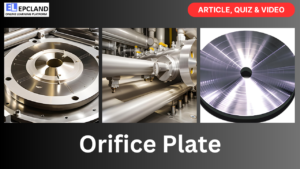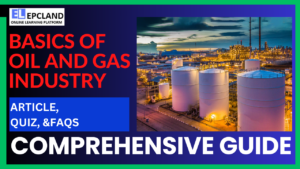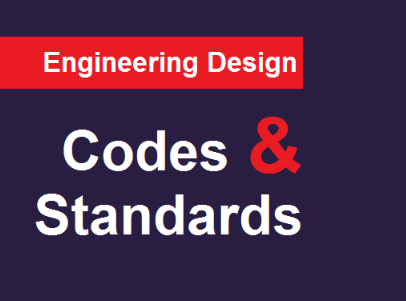
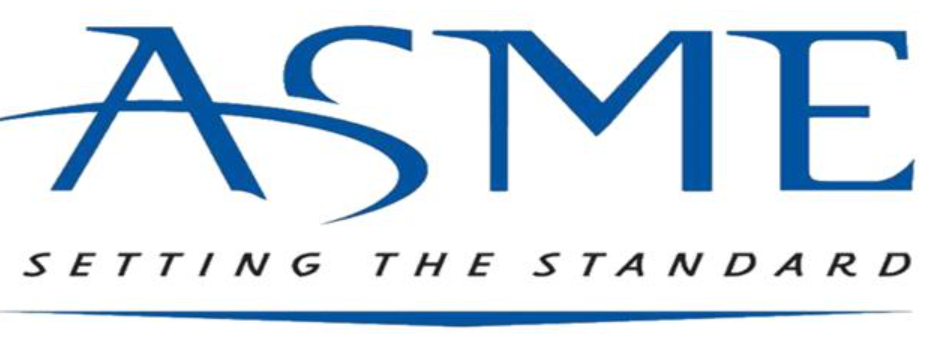
1. ASME’s Mission
What is ASME’s mission?
Explanation: ASME’s mission is to promote the art, science, and practice of mechanical and multi-disciplinary engineering, develop codes and standards, provide educational opportunities, and advocate for the engineering profession at various levels.
2. Development of Codes and Standards
How are ASME codes and standards developed?
Explanation: ASME codes and standards are developed through a consensus process involving input from engineers, scientists, government officials, and industry representatives.
3. Industries Using ASME Codes and Standards
Which of the following is NOT an industry where ASME codes and standards are widely used?
Explanation: ASME codes and standards are widely used in industries such as power generation, chemical processing, manufacturing, construction, and transportation. Information technology is not typically associated with ASME standards.
4. Benefits of Using ASME Codes and Standards
What is one of the benefits of using ASME codes and standards?
Explanation: One of the benefits of using ASME codes and standards is the reduced risk of accidents, as they are designed to ensure safe design, manufacture, and operation of equipment.
5. ASME’s Role in Global Trade
How does ASME contribute to global trade?
Explanation: ASME contributes to global trade by widely accepting its codes and standards around the world, making it easier for companies to trade internationally.
6. ASME’s Contribution to Efficiency
How can ASME codes and standards contribute to improved efficiency?
Explanation: ASME codes and standards contribute to improved efficiency by providing common rules and guidelines that everyone can follow, minimizing the need for custom-designed equipment.
7. ASME’s Advocacy
Where does ASME advocate for the engineering profession?
Explanation: ASME advocates for the engineering profession at the local, national, and international levels, supporting and representing engineers in various forums.
25+ Relevant topics on Codes & Standards
Short Article on Unveiling the Secrets of ASME: Who is ASME

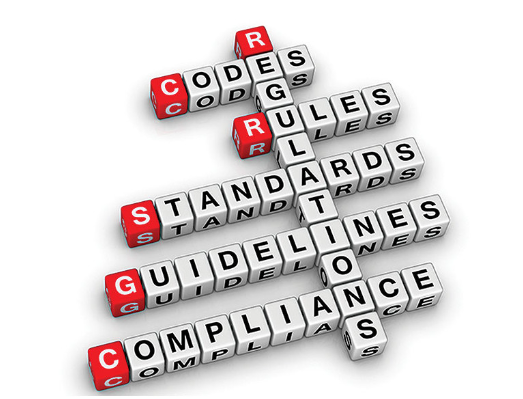
The American Society of Mechanical Engineers (ASME) is a non-profit educational and technical organization founded in 1880. With more than 120,000 members worldwide, ASME is a global leader in promoting the art, science, and practice of mechanical and multi-disciplinary engineering.
ASME’s mission is to:
- Promote the art, science, and practice of mechanical and multi-disciplinary engineering.
- Develop codes and standards that enhance public safety and the productivity of engineers.
- Provide educational and professional development opportunities for engineers.
- Advocate for the engineering profession at the local, national, and international levels.
ASME Codes and Standards
One of ASME’s most important contributions to the engineering field is its development of codes and standards. ASME codes and standards are technical guidelines that provide instructions for designers, manufacturers, and users of equipment. They are developed through a consensus process that involves input from engineers, scientists, government officials, and industry representatives.
ASME codes and standards are used in a wide variety of industries, including:
- Power generation
- Nuclear power
- Oil and gas production
- Chemical processing
- Manufacturing
- Construction
- Transportation
Benefits of Using ASME Codes and Standards
There are many benefits to using ASME codes and standards. Some of the most important benefits include:
- Enhanced safety: ASME codes and standards are designed to protect public safety by ensuring that equipment is designed, manufactured, and operated in a safe manner.
- Improved efficiency: ASME codes and standards can help to improve efficiency by providing common rules and guidelines that everyone can follow.
- Reduced costs: ASME codes and standards can help to reduce costs by minimizing the need for custom-designed equipment and by reducing the risk of accidents.
- Global trade: ASME codes and standards are widely accepted around the world, which can make it easier for companies to trade internationally.
In conclusion, ASME is a vital organization that plays an important role in promoting the engineering profession. ASME’s codes and standards are essential for ensuring public safety and improving efficiency in a wide variety of industries.
I hope this short article has been helpful. Please let me know if you have any other questions.
Table of Contents
Don’t miss the Course on Effective Isometrics Management: Check Now
Enrollment Link
Recommended courses (Published on EPCLand)
- Complete Course on Piping Engineering
- Basics of Piping Engineering
- Piping Layout Engineering
- Piping Material Engineering
- Piping Stress Analysis
- Material Requisitions
- Piping Material Specifications
- Valve Material Specifications
- Plant Design & Layouts-OISD 118
- Isometric Management
Library of Technical Articles
Don’t miss out the collection of 15+ articles on following topics:
- Basics of Oil and Gas Industry
- Valves
- Testing
- Tank
- Piping Bulk Items
- Pipe
- Metallurgy
- Piping Materials
- Layout
- Instrumentation
- Heat Exchanger
- Type of Contracts
- Codes and Standards
- ASTM Standards
- Articles on Piping Specialty Items
Video details of Complete Course on Piping Engineering
Why Enroll in the EPCLand
Proven Track Record– PTR
Activities & Achievements before launching EPCLand
- Published more than 50+ short courses
- 3000+ Enrolments
- More than 3,500,00 Minutes of watch hours in the last 2 years
- 4000+ Students in 100+ Countries
- Rating of 4+ out of 5
- 1000+ YouTube Videos
- 8K+ Subscribers
What Students will Learn
- Codes & Standards of the Energy Sector
- Piping Material Engineering
- Piping Layout Engineering
- Stress Analysis
Interesting facts
- All the published courses have been developed by Industry Experts with more than 2 decades of experience
- Content is based on Practical experience and real-time problems.
- Content is designed and organized in such a manner that it can be easily grabbed.
- Complete website, Blogs and Quiz sections are Planned, Designed and published by myself (About me: Atul Singla)
- Complete flexibility of Time & Location, Students can access the content from anywhere & anytime
- Moreover, once enrolled, the content can be access as many times as you want, which helps in understand the fundamentals in a better way.
Conclusion
In conclusion, our courses are meticulously crafted by industry experts with over two decades of hands-on experience. The content is rooted in practical knowledge, addressing real-time problems. The material is thoughtfully designed and organized for easy comprehension. Every aspect, from the website to blogs and quizzes, has been planned, designed, and executed by Atul Singla, ensuring a comprehensive and seamless learning experience. With the flexibility of accessing the content at any time and from any location, students have the freedom to learn on their terms. Furthermore, enrollment grants unlimited access, allowing learners to revisit the material as often as needed, fostering a deep understanding of the fundamentals.

